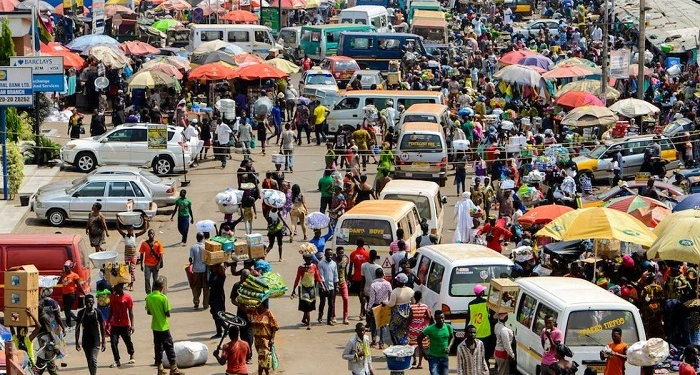Economy Records 1.4% Real GDP Growth in Q1 2025; Highest in Five Years – Deloitte Report
Ghana’s economy expanded by 5.3% in the first quarter of 2025, marking the fastest Q1 growth since 2020, according to the Q1 2025 GDP Bulletin released by Deloitte.
In real terms, the economy recorded a 1.4% growth, representing the strongest quarterly performance over the past five years.
Sectoral performance showed that the momentum was largely driven by strong gains in the fishing sector, which grew by 16.4%, followed by information and communication at 13.1%, and financial and insurance activities at 9.3%.
The services sector maintained its dominance in the economic structure, contributing 46.8% to GDP, ahead of industry at 29.7% and agriculture at 23.5%.
Within these sectors, the major contributors to GDP growth were crops (1.15%), gold (1.11%) and the information and communication sub-sector (0.84%). The mining sector, a critical source of government revenue and foreign exchange, expanded by 1.4%, contributing 0.17% to overall GDP.
Deloitte notes that recent government policy interventions, including the abolishment of the Electronic Transfer Levy (E-Levy), as well as structural reforms in the cocoa and energy sectors, have positively influenced economic performance.
“Ghana’s macroeconomic indicators in Q1 2025 reflect the early signs of recovery underpinned by fiscal discipline, sectoral reforms, and policy clarity,” the report stated.
However, the report also highlighted downside risks to growth. These include inflationary pressures, foreign exchange volatility, and potential climatic shocks which could undermine productivity, especially in agriculture and related value chains.
Despite these headwinds, Deloitte projects Ghana’s economy to grow by approximately 4% in 2025, supported by ongoing digitalization efforts, continued adherence to the IMF-supported programme, and expected improvements in revenue administration.
The projected growth, Deloitte asserts, will depend significantly on the government’s ability to sustain macroeconomic stability and maintain the momentum of ongoing reforms.








